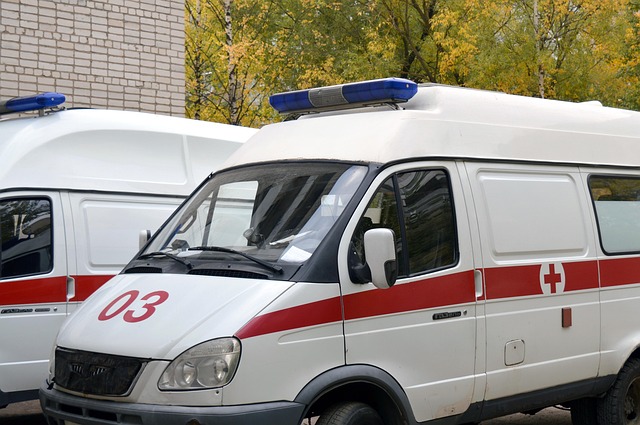In storm-prone Littleton, emergency tree removal services are crucial for post-storm safety and property protection. Trained experts offer swift responses, using specialized equipment and climbing techniques to remove damaged trees efficiently. They also provide essential crown reduction and thinning services, focusing on dead, diseased, or crossing branches to improve air circulation, sunlight penetration, and overall tree resilience without compromising health or aesthetics. These services are vital for fostering tree longevity and minimizing risks associated with storm-damaged trees.
In the wake of severe weather, trees in Littleton often require prompt and expert care. This article explores essential tree care practices focusing on crown reduction techniques for storm recovery. We delve into the purpose and benefits of crown reduction, offering a safety-first approach for emergency tree removal services post-storm. Additionally, discover effective methods for crown thinning and pruning to strengthen trees and minimize damage during future storms.
- Understanding Crown Reduction: Its Purpose and Benefits in Storm Recovery
- Safety-First Approach: Techniques for Emergency Tree Removal After Severe Weather
- Effective Methods for Crown Thinning and Pruning to Strengthen Trees Post-Storm
Understanding Crown Reduction: Its Purpose and Benefits in Storm Recovery

Crown reduction is a crucial technique employed by arborists, especially in storm recovery efforts. This method involves selectively pruning and cutting back the branches of a tree to reduce its overall size and shape, with a primary focus on minimizing the canopy or crown. The purpose of this process goes beyond aesthetics; it plays a vital role in the health and safety of trees after a storm. In the aftermath of severe weather events like storms and hurricanes, many trees sustain damage, including broken branches and uprooting. An emergency tree removal service after a storm in Littleton may be required to address these issues.
By implementing crown reduction techniques, arborists can strengthen the tree’s structural integrity, making it more resilient against future high winds and extreme weather conditions. This is particularly important for storm-prone areas where trees serve as natural barriers against erosion and damage to nearby properties. Efficient crown reduction ensures that trees remain stable, reduces the risk of further harm during subsequent storms, and promotes their long-term survival.
Safety-First Approach: Techniques for Emergency Tree Removal After Severe Weather

When severe weather hits Littleton, emergency tree removal services become crucial for public safety and property protection. In such situations, it’s essential to employ a professional and experienced team equipped with specialized equipment. The goal is to promptly assess and mitigate any risks posed by fallen or damaged trees. Safety should always be the top priority, especially when dealing with large branches or entire trees that could cause harm during removal.
Professional tree care services in Littleton are trained to handle these emergencies efficiently. They use advanced techniques tailored for storm-damaged trees, ensuring minimal disruption and maximizing safety. This includes utilizing specialized climbing gear, ropes, and harnesses to navigate challenging tree structures, especially when accessibility is limited due to the storm’s impact. Their expertise allows them to make quick, informed decisions to safely remove hazardous trees, providing a much-needed respite for residents after a storm.
Effective Methods for Crown Thinning and Pruning to Strengthen Trees Post-Storm

After a storm, trees can be left with damaged or broken branches, making them unstable and potentially dangerous. Effective crown thinning and pruning techniques are crucial for strengthening trees post-storm in Littleton. An emergency tree removal service can assess the extent of damage and determine if a tree is at risk of falling.
Pruning should focus on removing dead, diseased, or crossing branches to improve air circulation and sunlight penetration. Crown thinning involves selectively cutting back a portion of the tree’s canopy to reduce weight and stress. This method helps trees withstand future storms by making them lighter and more stable without compromising their overall health and aesthetics.
In light of the above discussions, it’s clear that proper tree care is essential for storm recovery. By understanding crown reduction techniques, implementing safety-first approaches during emergency tree removal services in Littleton, and adopting effective pruning methods, we can significantly strengthen our trees post-storm. These practices not only enhance the resilience of our urban landscape but also contribute to a safer, more vibrant community. Whether it’s a severe weather event or routine maintenance, prioritizing tree care is key to preserving our natural environment.
